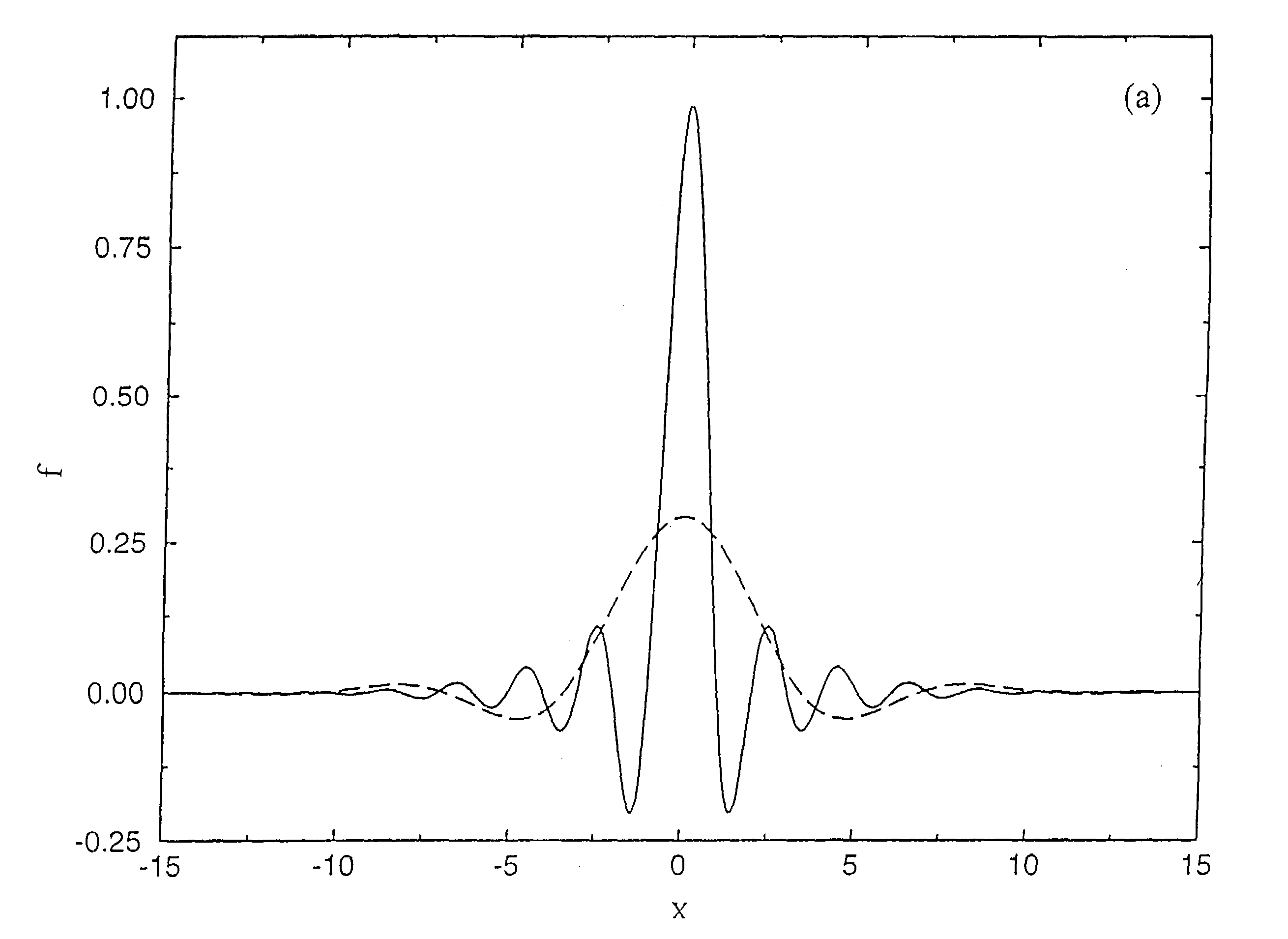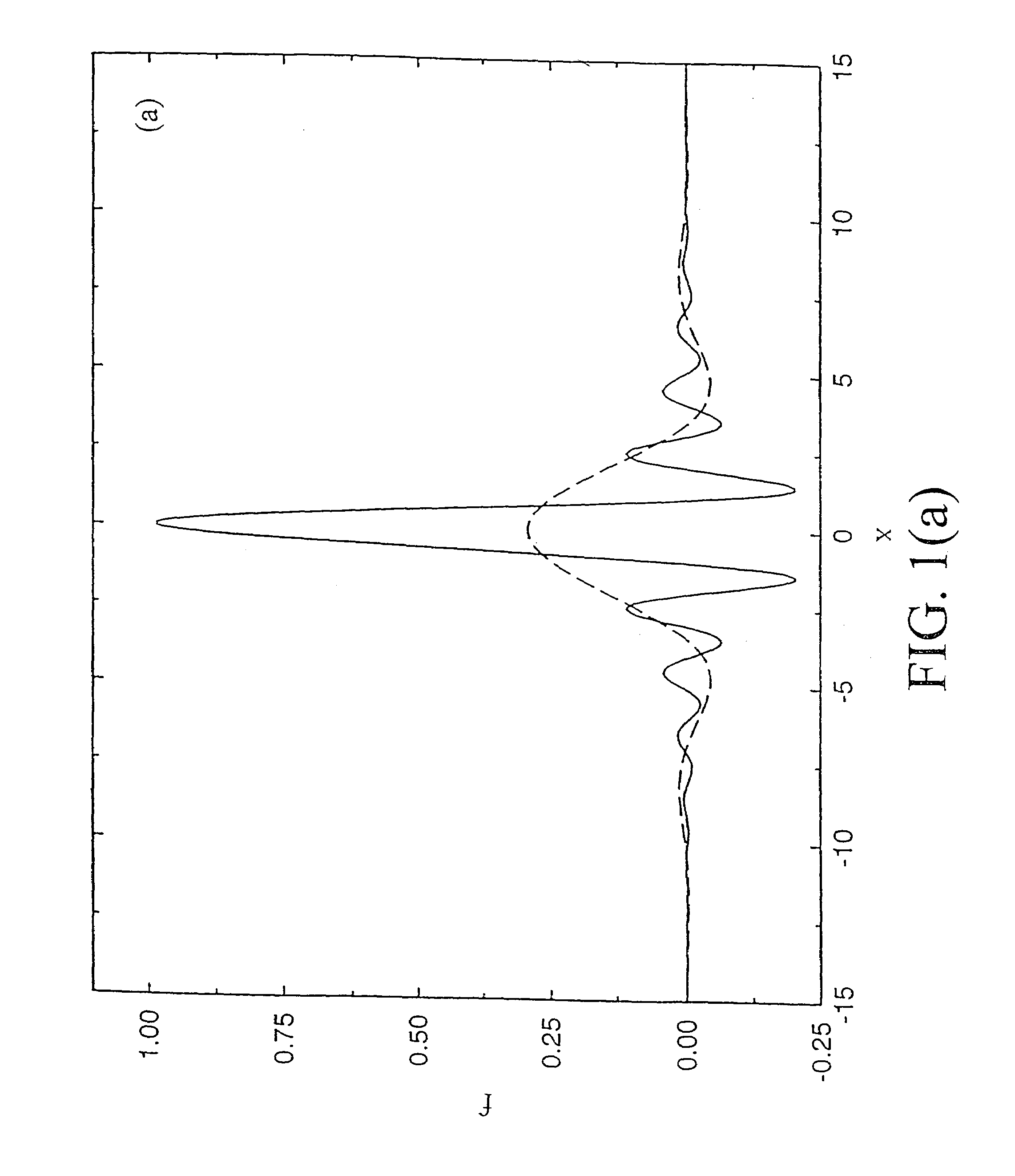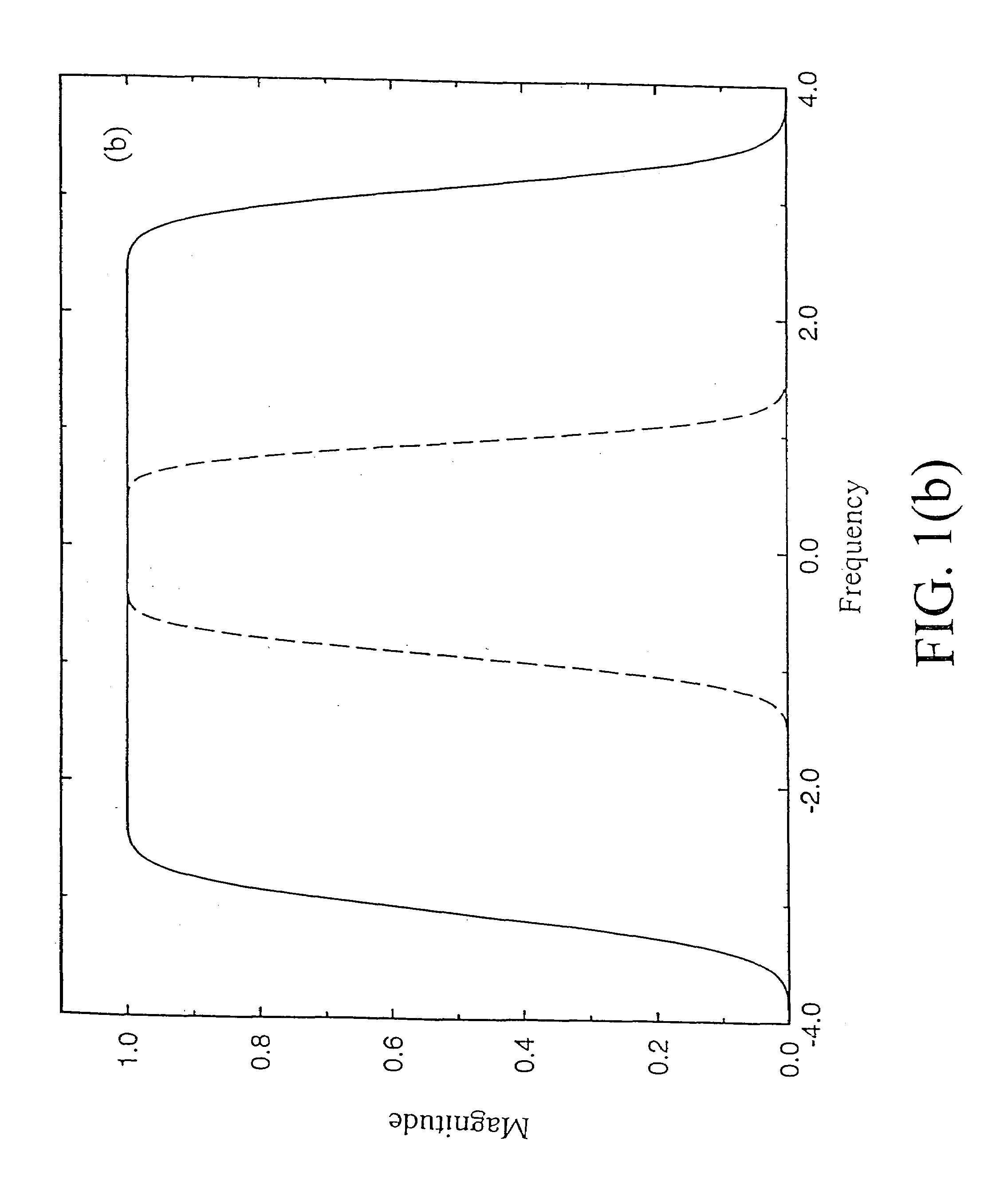Methods for performing DAF data filtering and padding
a filtering and padding technology, applied in image enhancement, image analysis, instruments, etc., can solve the problems of reducing the processing speed of image and multi-dimensional data, and reducing the acquisition time. , to achieve the effect of improving signal processing speed, reducing acquisition time, and reducing acquisition tim
- Summary
- Abstract
- Description
- Claims
- Application Information
AI Technical Summary
Benefits of technology
Problems solved by technology
Method used
Image
Examples
numerical examples
[1147]Numerical experiments are preformed using the “Lena image”, shown in FIG. 95 and in Table 7. We degrade it with Gaussian white noise with peak signal-to-noise ratio (PSNR) of 22.14 dB [FIG. 96(a)] and 18.76 dB [FIG. 97(a)] respectively.
[1148]
TABLE 7Comparative Restoration Results in PSNR for Image-Lena Corrupted with Different Amount ofGaussian NoiseCorrupted imageAlgorithm22.14 dB18.76 dBMedian filter (3 × 3)27.24 dB24.72 dBMedian filter (5 × 5)26.53 dB25.29 dBNew approach30.14 dB28.19 dB
The PSNR used here is defined to be
[1149]PSNR=255×255MSE(312)
where MSE is the mean-square-error of the noisy image, defined by
[1150]MSE=1NxNy∑i=0Nx-1∑j=0Ny-1[S(i,j)-S^(i,j)]2(313)
where S(i,j) and Ŝ(i,j) are the original image and noisy image samples respectively, and Nx and Ny are the number of pixels horizontally and vertically respectively. For the purpose of effectively removing the noise in the homogeneous areas while simultaneously preserving the edges, we choose the following defi...
example 5
Interpolative Delta Sequence
Let {δα} be a sequence and let {x1}0n be n+1 zeroes of a Jacobi polynomial in (a, b).
[1272]Δn(x,y)=∏i=0n(x-xi)(x-y)∏i=0n(y-xi)∑i=0nδn(y-xi),x,y∈(a,b)(366)
is a delta sequence as n→∞. This follows from the fact that ∫Δn(x,y)f(y)dy approximations to the Lagrange interpolating formulae which converges as n→∞ and sup
example 6
Delta Sequences Constructed by Orthogonal Basis Expansions
[1273]Let {ψn} be a complete orthonormal L2(a,b) basis. Then
[1274]δn(x,y)=∑i=0nϕi(x)ϕi(y),x,y∈(a,b)(367)
are delta sequences. In case of trigonometric functions, we again obtain the Dirichlet kernel delta sequences given in the Examples 1 and 3. A Hermite function expansion is given by
[1275]δn(x)=exp(-x22)∑k=0n(-14)k12πk!H2k(x2),∀∈R(368)
where H2k(π / √2) is the usual Hermite polynomial. This delta sequence was studied by Schwartz [44], Korevaar [36] and was independently rediscovered by Hoffman, Kouri and coworkers [25] in a more general form. Various other cases can be found in Walter and Blum's reference [39] and these also have been studied in very general forms by Hoffman, Kouri and coworkers [28].
Wavelets and Delta Sequences
[1276]Wavelets have been widely used as an analysis tool for various applications. The essential reason for this is because both orthogonal and nonorthogonal wavelets can provide a de...
PUM
 Login to View More
Login to View More Abstract
Description
Claims
Application Information
 Login to View More
Login to View More - R&D
- Intellectual Property
- Life Sciences
- Materials
- Tech Scout
- Unparalleled Data Quality
- Higher Quality Content
- 60% Fewer Hallucinations
Browse by: Latest US Patents, China's latest patents, Technical Efficacy Thesaurus, Application Domain, Technology Topic, Popular Technical Reports.
© 2025 PatSnap. All rights reserved.Legal|Privacy policy|Modern Slavery Act Transparency Statement|Sitemap|About US| Contact US: help@patsnap.com



